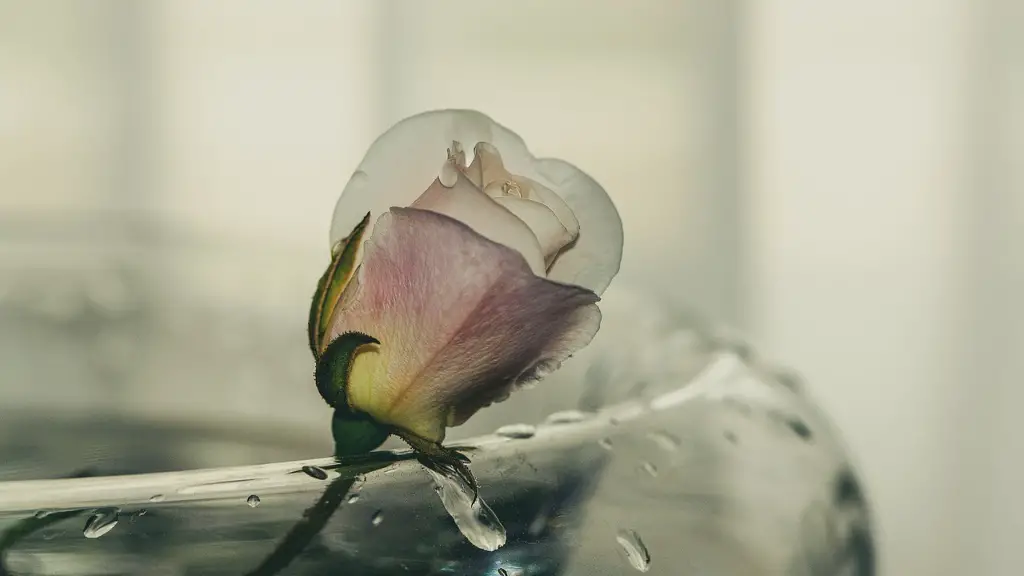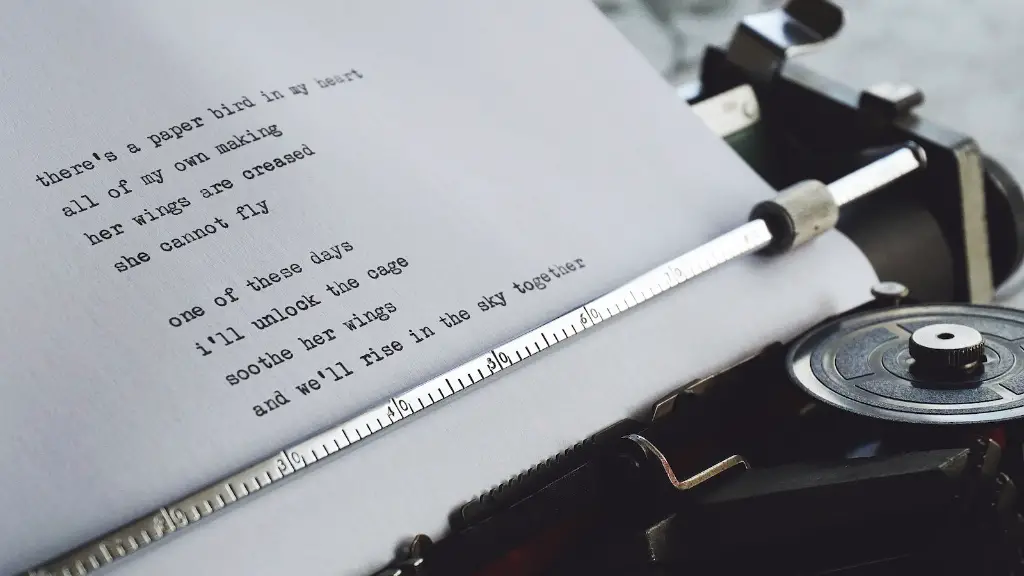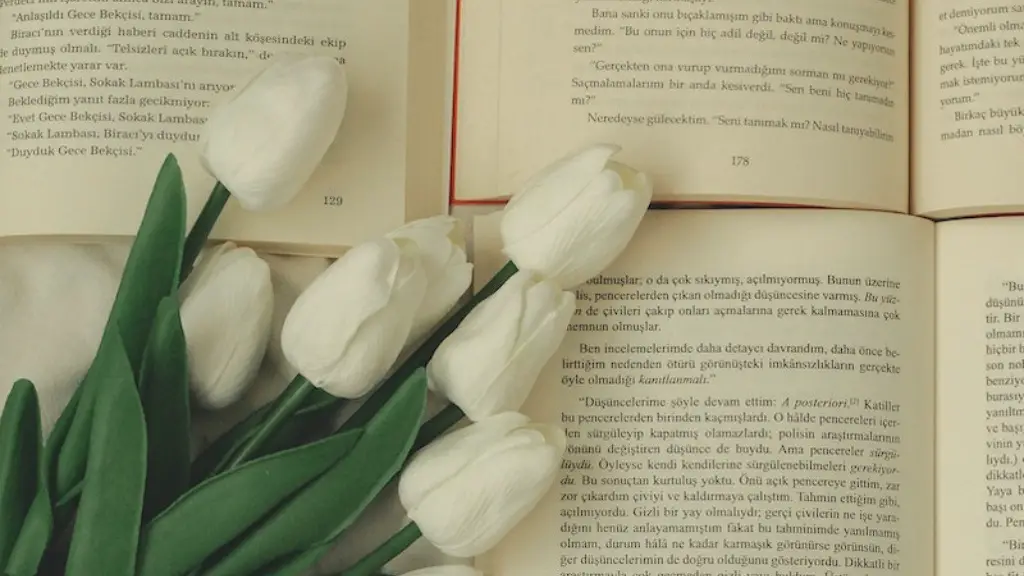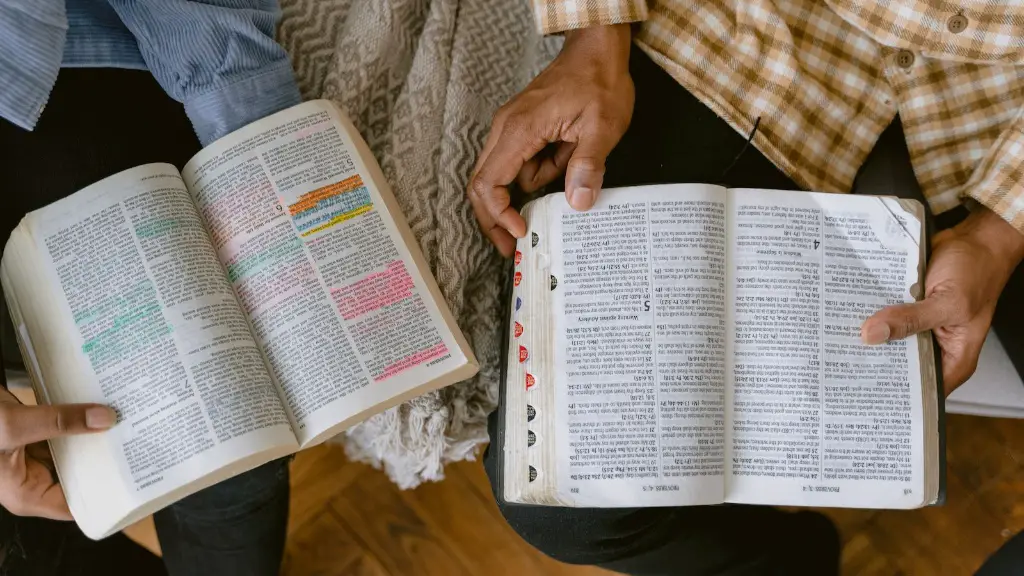How To Teach Tone in Poetry
Tone is an important element of poetry, and if it is not taught correctly, then it can be difficult for students to fully appreciate the poem. Tone can be defined as the author’s attitude towards the poem’s subject or theme. It can be expressed through the words, the structure of the poem, the punctuation and the use of imagery. It is important for teachers to explain the concept of tone to students as it can help them to understand poems more deeply.
The best way to teach tone in poetry is by using examples. This can help students to make connections between what they read in the poem and understanding the author’s attitude towards the subject. Whenever possible, it is important to use poems that are written in distinct styles, as this helps students to recognize different tones. For example, poems can be read aloud to develop a sense of understanding of the poem’s tone and feeling.
In addition to using examples, teachers can also discuss the importance of grammar in poetry as a way to convey tone. For example, discussing particular words or phrases that emphasize the author’s attitude can be effective in building a student’s understanding of tone in a poem. Students can also be asked to look for clues in the poem such as metaphors and similes that can help them to understand the tone better.
The use of literary devices can also be an effective way to teach tone in poetry. They can provide an insight into the author’s feelings and can be a good starting point to help students understand the poem’s tone. For example, a teacher can discuss how a poem’s structure can tell a story, and this can provide an insight into the poem’s tone.
Another way to teach tone in poetry is to discuss the use of theme. Typically, poems are divided into different themes and can be used to convey the tone of the poem. By discussing the different themes, teachers can help students understand the various tones in the poem. Finally, the use of imagery can help students to make connections between the poem and the feeling that it may evoke.
Tone in Poetry: The Power of Personification
Personification is when human traits are given to non-living objects or concepts. This literary device can be used to create a powerful tone in a poem. It can help to bring the poem to life and help readers to connect with the poem on a deeper level. Personification can be a useful tool when teaching tone as it helps to show how words and language can be used to create a mood and emotion.
For example, the poem ‘The Lake’ by Robert Frost uses personification to convey a peaceful and calming tone. The poem describes a lake as ‘peaceful in its sleep’, and this is an example of personification as a lake cannot actually sleep, but the use of the word allows readers to connect with the feeling of peace that the poem evokes. Similarly, ‘The Tyger’ by William Blake uses personification to create a sense of awe and fear. In the poem, the tiger is described as being ‘burning bright’ and this phrase conveys an intense and powerful tone.
Students can be encouraged to look for examples of personification in the poetry they read and to consider how it is used to create a certain tone. This can help to deepen their understanding of how language can be used to create certain emotions and to understand the tone of a poem.
Tone in Poetry: The Power of Allusion
Allusion is when a text refers to another text, which can help to build a sense of understanding in the reader. It can be used to create an emotional response in the reader and to add a layer of meaning to the poem. Allusion can be a useful tool when teaching tone as it allows readers to connect the poem to something outside of the poem.
For example, ‘Ozymandias’ by Percy Shelley is an example of a poem that uses allusion. The poem alludes to the well-known story of Ozymandias, the great king who crumbled to dust. The poem uses this allusion to convey a tone of despair as it evokes the idea of the king’s great power fading away and crumbling. Similarly, ‘The Waste Land’ by T.S. Eliot uses allusion to create a tone of hopelessness and despair. In the poem, Eliot alludes to the flood that destroyed the world in the story of Noah’s Ark, which reinforces the sense of hopelessness in the poem.
Teachers can encourage students to recognize allusions in the poems they are reading to understand the tone. This can also help to build a greater understanding of the poem’s meaning as the allusions can be used as a tool to enrich a poem’s content.
Tone in Poetry: The Power of Repetition
Repetition is when a word or phrase is repeated, which can be a powerful tool when teaching tone in poetry. Repetition can be used to create a sense of emphasis and to draw the reader’s attention to a certain element of the poem. For example, in ‘Daffodils’ by William Wordsworth, the word ‘dancing’ is repeated, which serves to evoke a joyful and energetic mood.
In addition, repetition can be used to create a sense of rhythm in a poem. This can help to emphasize the tone of the poem, as the rhythm will guide the reader through the poem and will help them to feel the emotion that the poem is trying to express. For example, in ‘The Seafarer’ by Alfred, Lord Tennyson, the word ‘cold’ is repeated, which serves to emphasize the feelings of loneliness and despair in the poem.
Teachers can encourage students to recognize the use of repetition in poetry and to consider how it is used to enhance the tone of the poem. Students can be asked to look for words or phrases that are repeated throughout the poem and to think about how these words and phrases can be used to create a certain feeling.
Tone in Poetry: The Power of Imagery
Imagery is when words or phrases are used to evoke a mental image. This can be used to create a stronger emotional connection with the poem and to add another layer of meaning to the poem. Imagery can be a powerful tool when teaching tone in poetry as it can help students to connect with the poem on a more visceral level and to better understand the tone of the poem.
For example, ‘Fog’ by Carl Sandburg uses imagery to create a gloomy and oppressive atmosphere. In the poem, the fog is described as ‘coming on little cat feet’, which serves to paint an image of a menacing and threatening presence. Similarly, ‘A Red, Red Rose’ by Robert Burns uses imagery to create a feeling of love and romance. In the poem, the rose is described as being ‘fresh in June’, which serves to evoke an image of beauty and romance.
Teachers can encourage students to recognize the use of imagery in poetry and to consider how it is used to create a certain tone. Students can be asked to look for words and phrases that evoke a mental image and to think about how these images might inform the tone of the poem.
Tone in Poetry: The Power of Paradox
Paradox is when two seemingly contradictory ideas are expressed in the same statement, which can help to create a powerful tone in a poem. Paradox can help to show contrasting emotions in a poem and to emphasize feelings such as uncertainty, confusion and contradiction.
For example, ‘The Second Coming’ by William Butler Yeats uses paradox to create a tone of dread and uncertainty. In the poem, the falcon is described as being ‘a vision of terror’, which evokes an image of danger and fear. Similarly, ‘Do Not Go Gentle into That Good Night’ by Dylan Thomas uses paradox to create a sense of desperation and determination. In the poem, the protagonist is described as ‘Rage, rage against the dying of the light’, which reinforces the idea of fighting against the inevitable.
Teachers can encourage students to recognize the use of paradox in poetry and to consider how it is used to create a certain tone. Students can be asked to look for words and phrases that are paradoxical and to think about how these can be used to create an emotional response in the reader.





